Football is more than a sport; the game is a lifeline for millions. It involves over 270 million players and billions of fans distributed worldwide. According to FIFA, it’s a game that unites communities and cultures while fostering health and teamwork. Yet, this global pastime is not without its darker side.
Whether it’s kids chasing dreams on local pitches or professionals playing under global scrutiny, the game offers unparalleled physical benefits. Hidden hazards, however, both on and off the field, put players at risk in ways they might not even realize.
The Silent Threat Beneath the Grass
For decades, artificial turf has been hailed as a revolution, offering low-maintenance, year-round playability. But for many athletes, it’s a silent health hazard. Studies underscore the link between artificial turf and exposure to PFAS—dubbed “forever chemicals” for their resistance to degradation, reports the Guardian. According to TruLaw, these compounds have been tied to cancers, thyroid issues, liver problems, and other severe health concerns.
A California study found PFOS, a harmful PFAS compound, on young soccer players’ skin after playing one game. The findings highlight how even brief exposure to artificial turf can leave dangerous chemicals on the body. Alarmingly, PFOS levels in one player doubled after a game, raising questions about the cumulative impact of regular exposure.
Artificial turf often causes turf burns and open wounds that may accelerate PFAS absorption. Industry insiders admit that turf grass blades cannot be manufactured without these chemicals. Hence, it reveals a grim trade-off between playability and player safety.
When Gear Becomes a Risk
Even the uniforms designed to enhance performance can pose hidden dangers. A 2022 study by the Center for Environmental Health found extremely high levels of Bisphenol A (BPA) in sportswear. These levels exceeded California’s legal limits by 22 times, raising serious concerns about the safety of these products.
BPA mimics estrogen and disrupts the body’s natural hormone processes. It leads to risks like breast cancer, heart disease, and obesity. Major brands, including Nike and Reebok, were flagged, prompting legal action.
This isn’t new. In the last decade, Greenpeace exposed PFAS in sports apparel. As a result, companies like Adidas promised to phase out these chemicals, reported ChemTrust. However, years later, harmful substances persist in the industry, underscoring the failure of voluntary measures.
Recently, the AFFF foam lawsuit involving PFAS in firefighting foam further highlighted the need for stricter regulations. Despite efforts to address PFAS, both in sportswear and firefighting foam, self-policing has proven inadequate.
The Physical Toll of Injuries That Linger Beyond the Game
Footballers face an inherent risk of injuries, many of which have lifelong repercussions. A 2023 study in the Journal of Occupational Medicine revealed a strong link between ACL injuries and osteoarthritis. Footballers with ACL injuries have a 92% chance of developing osteoarthritis later in life, the study highlighted. Former professional players are twice as likely to develop hip and knee osteoarthritis compared to the general population.
Repeated high-impact activities and injuries also take a toll. Concussions, for example, are tied to long-term cognitive decline and neurological disorders like chronic traumatic encephalopathy (CTE), according to the NIH. These statistics illuminate the hidden cost of pursuing excellence on the pitch.
Rethinking Football Safety
Protecting footballers requires a multi-faceted approach. The adoption of high-performance natural grass fields can significantly reduce exposure to PFAS while enhancing player safety. Manufacturers must be held accountable for removing harmful chemicals from sportswear, and stricter regulations should replace voluntary compliance.
Injury prevention and health awareness training should be integral to youth programs. This must ensure players are equipped to navigate the physical and psychological demands of the sport.
But physical hazards are just the beginning. Beyond the field, players face a different kind of challenge altogether.
Financial Hazards and Exploitation in Sponsorship Deals
Recent reports highlight ongoing concerns about the exploitation of young footballers through predatory sponsorship deals and unscrupulous agents. Sponsorship contracts restrict players’ freedom to engage with other brands, limiting their earnings potential.
In extreme cases, agents and intermediaries mismanage funds, leading to financial instability. Governing bodies must enforce stricter guidelines on player-agent relationships and sponsorship transparency to protect athletes’ financial interests.
In September 2024, the Confederation of African Football launched the ‘Protect The Dream’ campaign to combat player trafficking and exploitation. This initiative aims to educate young athletes about the risks posed by deceptive agents.
Additionally, in December 2024, the European Court of Justice examined the governance of professional soccer in Europe. It indicated that some rules imposed by FIFA and UEFA could potentially be anti-competitive. This development suggests a transformation in sports governance is on the horizon, paralleling similar antitrust challenges in the United States.
Risks from Media and Brand Obligations
Beyond their athletic commitments, modern footballers often face demanding schedules of media appearances, brand promotions, and public events. These obligations can lead to physical fatigue and increased susceptibility to injuries due to overexertion. A 2024 analysis by Analytics FC observed that players in heavy branding campaigns experienced more minor injuries. The increase was likely due to inadequate rest and insufficient recovery time.
Balancing commercial engagements with athletic responsibilities requires better coordination between clubs, agents, and sponsors. Implementing contractual limits on non-sporting commitments during the competitive season could help reduce these risks.
FAQs
What steps are being taken to regulate harmful chemicals in sports gear?
By 2025, regulatory actions in California and New York will ban PFAS in textiles and apparel. This has prompted outdoor gear companies to eliminate these substances from their products. Organizations like the Green Science Policy Institute advocate for managing PFAS as a single chemical class. It also promotes using safer alternatives in manufacturing.
Is there an alternative to artificial turf that ensures safety?
Natural grass fields managed sustainably without synthetic pesticides or fertilizers are considered a safer option. It offers benefits such as reduced exposure to harmful chemicals and lower surface temperatures. Innovative infill materials from organic sources like olive pits and cork are being tested to replace rubber pellets. These alternatives aim to reduce microplastic pollution and minimize associated health risks.
What can football clubs do to protect players from financial exploitation?
Football clubs can implement several strategies to protect players from financial exploitation. Establishing internal compliance frameworks and adhering to financial regulations (the Financial Fair Play rules) can promote transparency and financial integrity. Moreover, engaging with reputable agents and legal advisors ensures that players receive sound guidance, safeguarding them from predatory practices.
Football, while celebrated globally, carries hidden risks that demand attention. From chemical exposure on artificial turf to financial exploitation and physical tolls, the dangers go beyond the pitch. These issues highlight systemic failures in safety standards, governance, and player welfare. Voluntary measures by industries have fallen short, leaving athletes vulnerable.
Stricter regulations, better injury prevention, and transparency in contracts are crucial. Clubs, sponsors, and governing bodies must prioritize players’ well-being over profits. Football should unite and inspire—not endanger. Protecting the game’s lifeline means safeguarding those who play it. Only then can football truly thrive as a beautiful game.




